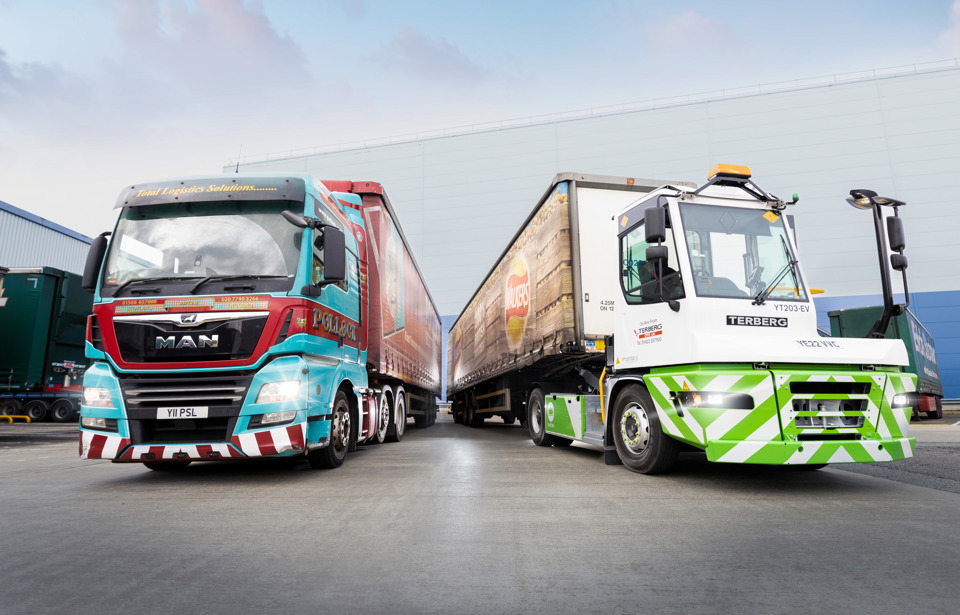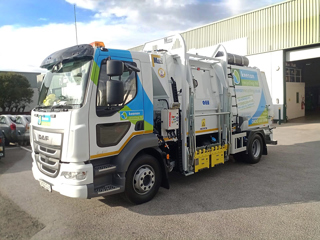PepsiCo UK has announced that starting this month it will power more than one million miles of truck journeys in the UK each year with used cooking oil.
Working with PepsiCo’s haulage partner, Pollock (Scotrans), the hydrogenated vegetable oil (HVO) will replace diesel and will be used on trucks travelling between the Quaker Oat mill in Cupar and Leicester, the home of Walkers.
Every mile powered by HVO will have 80% less GHG emissions when compared with conventional diesel, it said.
It is one of a series of new innovations across its logistics operation, which are set to lead to a 1,200-tonne reduction in greenhouse gas (GHG) emissions each year across its UK supply chain once fully rolled-out.
Since 2017, all of PepsiCo’s UK manufacturing sites have used 100% renewable electricity, with waste from producing Walkers crisps being used to make animal feed and biofuel, as well as fuelling the company’s special anaerobic digestor.
The anaerobic digestor generates 25% of electricity for the Leicester manufacturing site.
Alongside the switch from diesel to HVO for certain trucks, PepsiCo is introducing new electric vehicles to move 40,000 pallets around its distribution centre in Leicester.
The first in the fleet of electric yard vehicles was delivered earlier this month with plans to expand further in 2023.
Simon Devaney, sustainability director at PepsiCo UK and Ireland, said: “Using alternative fuels across our manufacturing and logistics operation is one key component in our plan to reduce our emissions footprint.
“The work in this area is never done, and we’re constantly exploring every possible solution to reduce our impact on the planet.
“These initiatives have huge potential, and we look forward to expanding the use of lower-emission transport solutions across our UK operations.”
The changes come a year after the company completed a £14 million upgrade of its Leicester distribution centre site, one of its biggest logistics investments in the UK, to increase storage capacity.
By increasing storage capacity, the company removed the need to transport product to and from off-site storage facilities, taking over 300,000 km (186,000 miles) off the road in transportation.
























James - 10/11/2022 13:12
What net reduction would this produce in atmospheric aldehyde emissions? HVO's are practically toxic in themselves, in part due to aldehydes, but fossil fuels also produce them and presumably much more so. It would be an interesting discussion if anyone knows?